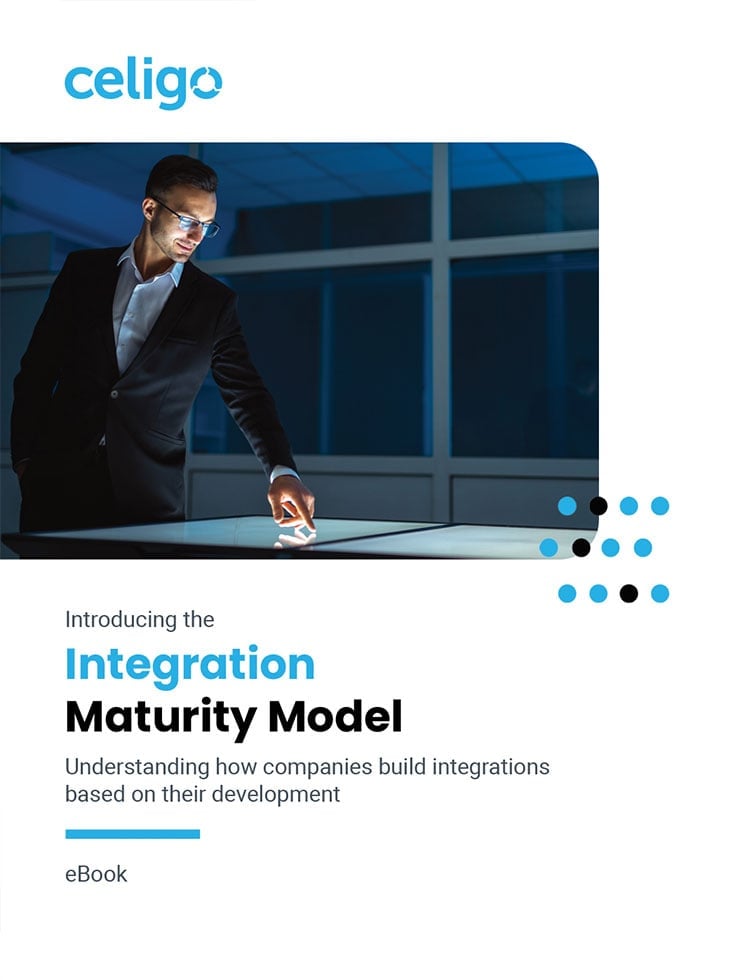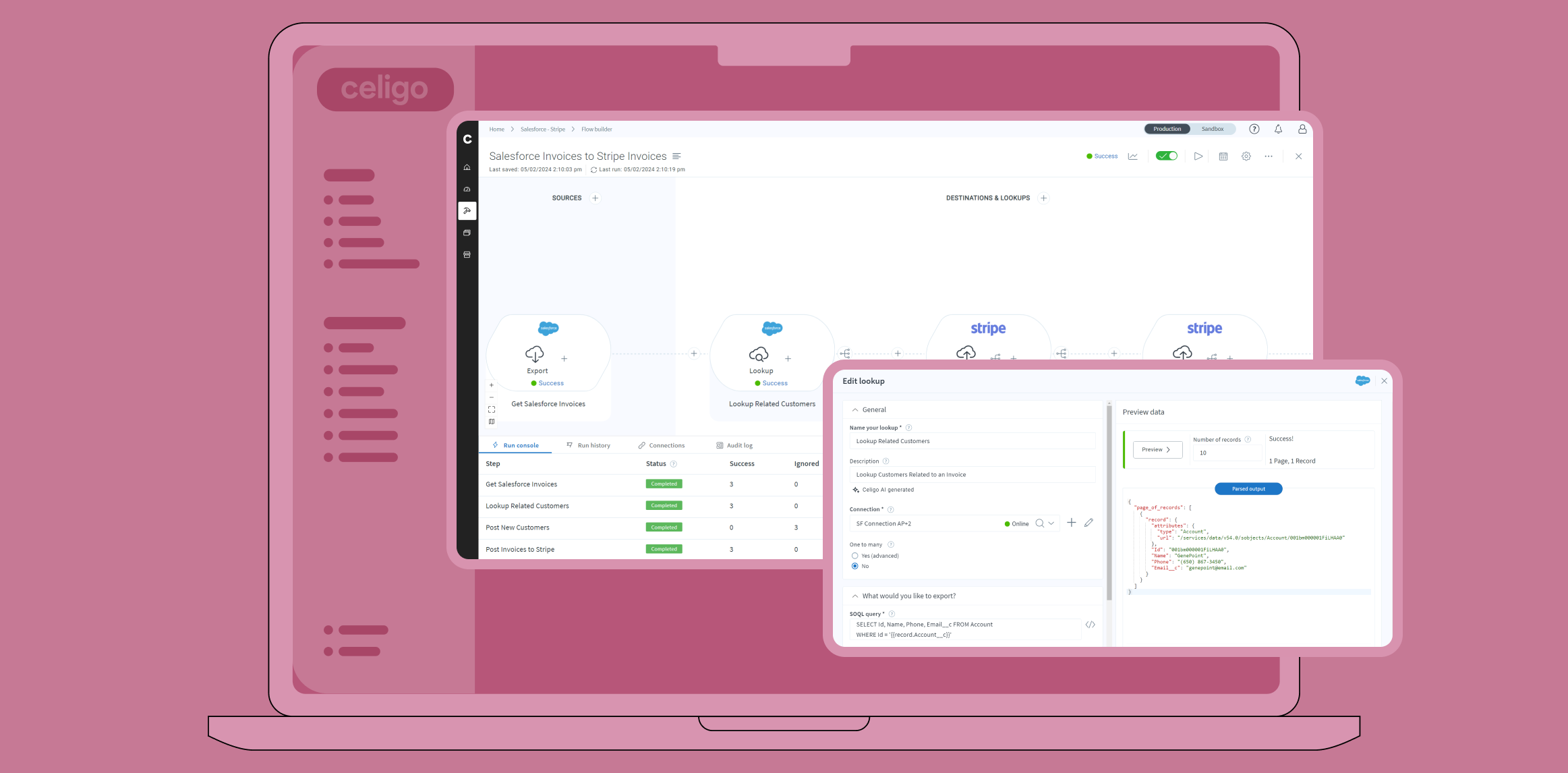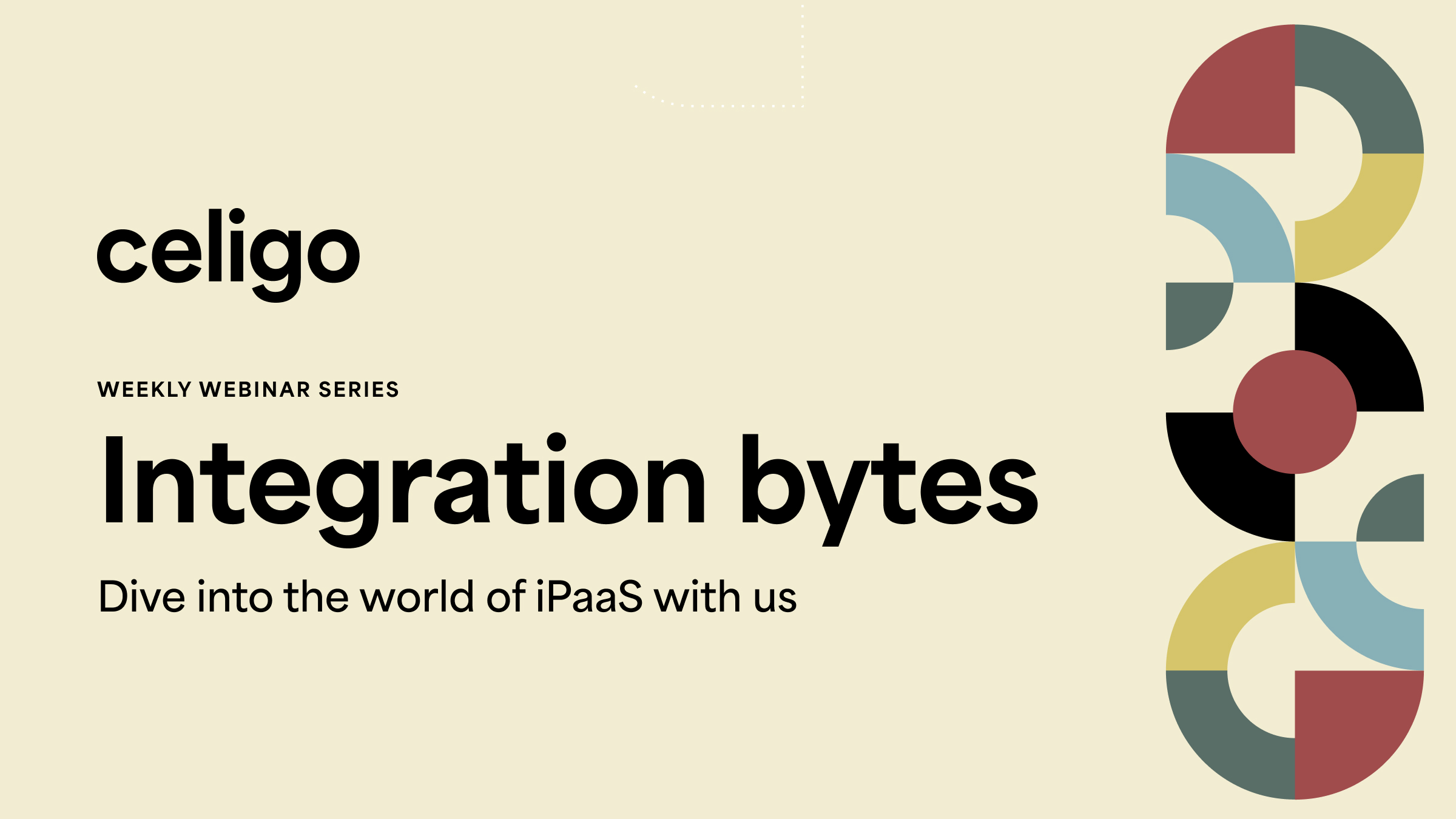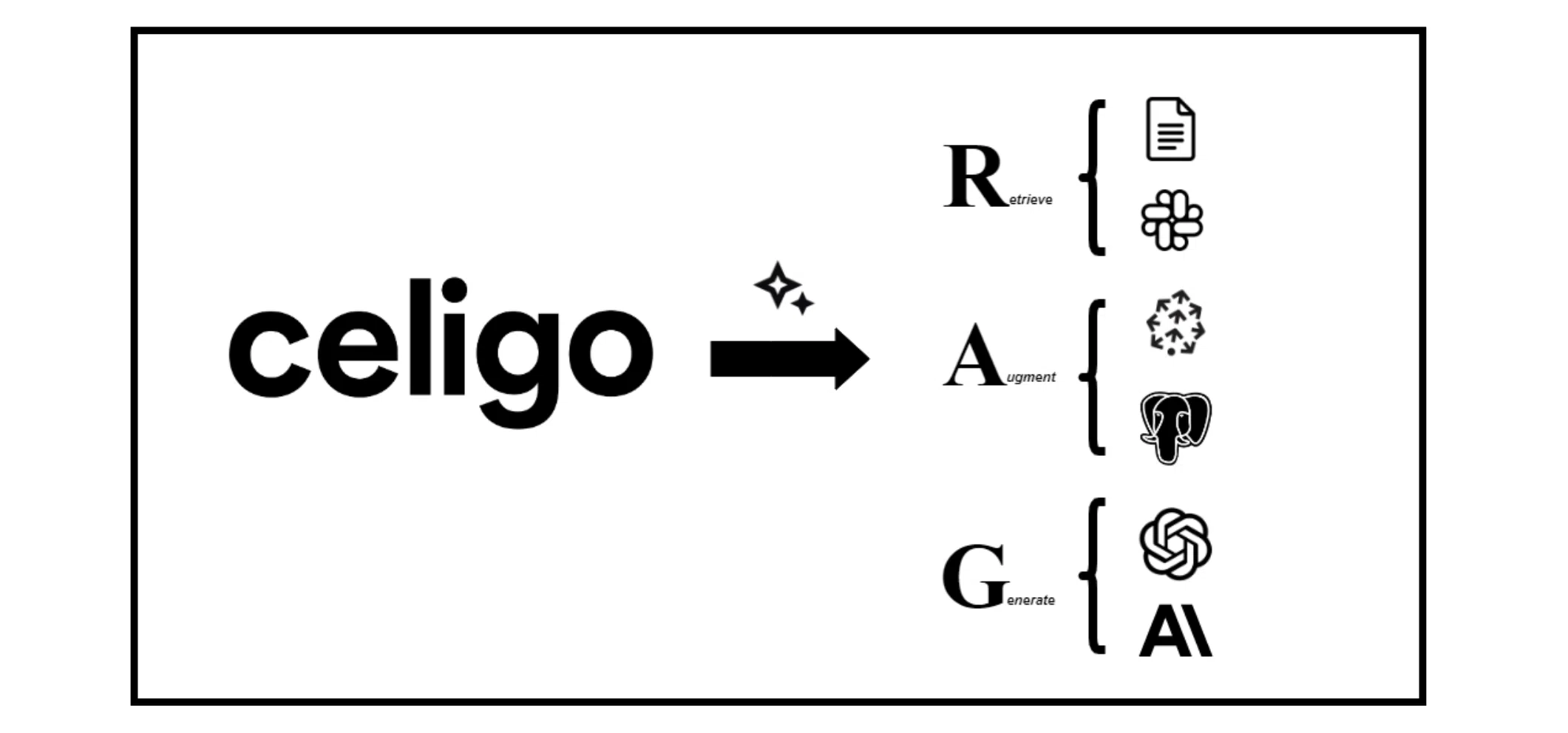Published Feb 10, 2023
IT Modernization: Automate Business Processes With a Federated IT Model

In today’s business landscape, organizations have had to adopt a culture of digital transformation alongside a diversified workforce of remote and hybrid staff. Technology has made this transformation possible, offering business users increased communication and collaboration. However, as companies adopt larger tech stacks full of tools and systems to help run their day-to-day work, it has created disconnected silos of data and information, with many companies adopting dozens of cloud applications to run their businesses.
IT departments have traditionally been responsible for deploying and operating technology and applications. This model is rigid with control-based governance, resulting in shadow IT and a digital workplace that is reactive and slow.
Creating a scalable digital workplace strategy requires CIOs to prioritize IT modernization to ensure IT aligns with business strategies while simplifying and optimizing existing IT functions. Technology leaders can reevaluate and maximize technology roles through a federated IT model.
Federated IT
Federated IT is a collaboration between traditional centralized IT teams and line-of-business employees (business technologists) who can execute tech-heavy tasks for their specific use cases, giving the entire enterprise more agility. Business technologists are employees who report outside of IT departments and create technology or data and analytics capabilities for internal or external business use. Blended technology roles enable agile business processes by freeing up the burden on IT teams while meeting the organization’s technological needs.
To define the federated IT model, it helps to understand both centralized IT and departmental IT.
Centralized IT
Is the traditional IT model, in which the IT department is responsible for any and all technological duties. In centralized IT, full access to most tools and systems is limited to only those in IT.
Departmental IT
Is a person or group working for a particular department and handling all technological duties for that department, such as finance, business development, sales and marketing, human resources, etc. They are like IT representatives, and they don’t necessarily work with the IT group from other departments.
The federated IT model brings these two concepts together, with the goal of a more balanced tech competency across departments.
The Need for Federated IT
The need for a federated IT model comes from the rapid growth of SaaS applications, causing tech stacks to become larger. This growth is often the result of digital transformation, the process of using technology to streamline business processes and improve customer experiences.
In the world of digital transformation and expansive tech stacks, IT leaders try to meet the needs of all employees, who expect high performance out of their tools and systems. Using these new SaaS apps helps companies gather information instantly to inform decisions, and to deliver top-notch customer experiences with proven, trusted, timely data.
However, there’s a drawback to introducing new SaaS tools into various departments in a company, which is called “SaaS sprawl.” This is a common problem in which new tools are implemented with minimal or no IT oversight, leaving IT powerless to get a handle on the tech stack.
SaaS sprawl can cause “fragmentation” or data silos. Because business processes generally span multiple systems, and because decision-making requires data from multiple sources, the separation of apps can be tricky to navigate.
With tech stacks typically containing over 100 business apps, companies need a way to provide IT oversight throughout the organization without putting an unmanageable burden on the IT department. The federated IT model bridges gaps between IT and line-of-business users. For many organizations, it is an absolute necessity.
Risks of Federated IT
While a decentralized model maximizes agility, there are higher security and compliance risks. There are also greater challenges in coordinating teams in automating processes that span multiple departments or functions.
According to a Gartner study, 38% of CIOs perceive technology producers outside of IT as of both “high-benefit” and “high-risk.” However, the majority of CIOs believe business technologists provide the necessary capacity for digital initiatives, with less than 15% disagreeing. While this presents a major opportunity, there is also a perception of risk.
To meet the needs of business technologists, organizations must provide tools that enable DIY ingenuity, experimentation, and innovation. This must be balanced, however, with proper controls to maintain security, compliance, and effective IT operations.
In the federated model, since integration isn’t solely handled by the IT department, IT must define governance and security policies, manage controls, help to coordinate across functions and provide guidance and support. With an advanced Integration Platform as a Service (iPaaS), IT teams can give control to the business unit while allowing scalability, data governance, and the security required by IT. An advanced iPaaS allows you to configure connections to optimize throughput and data governance. Role-based access controls ensure that only authorized team members can build or update integrations.
Integrating Apps, Automating Processes
Gartner predicts that through 2027, multidisciplinary digital workplace teams that blend business and technology roles will be 50% more likely to deliver positive outcomes than those formed by IT alone.
Integration technology is both the answer to SaaS sprawl, a scalable digital workplace and the key to business process automation. Integration connects and automatically sends information from one app to another, allowing them to “talk to each other.” With an advanced iPaaS, you can quickly connect applications with prebuilt integrations and flows, allowing users to customize integrations to solve unique business challenges. Business teams are empowered to more freely innovate within the loose constraints of IT, implementing and modifying integrations, maintaining them, and using them to automate business processes.
Business users are more familiar with their data and more responsible for business decisions, and therefore can ensure that their integrations provide the most actionable data. Integration becomes a key benefit to business teams when it’s maintained under the federated IT model.
IT modernization allows you to make the most of your IT resources using a federated automation model. You can move the day-to-day data integration and automation management to the business technologists (while IT retains visibility and governance over data pipelines). This approach prepares your business for ongoing process automation and enables an agile digital workplace strategy.
Introducing the Integration Maturity Model
Integration needs to be a key component of any robust automation strategy but depending on the pain being felt, what’s at stake, and where a company finds itself in its lifecycle, the specific approaches differ significantly.
In this eBook, Introducing the Integration Maturity Model, we share our framework for understanding how companies can build integrations based on their stage of development.
About Celigo
At Celigo, we enable breakaway growth, controlled cost management, and superior customer experiences by ensuring that every process – at any level of the organization – can be automated in the most optimal way.
Create efficiencies within every department in your organization and experience more value from your applications.




